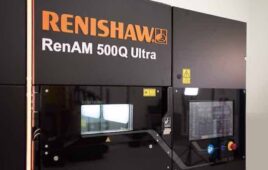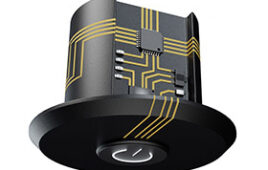Researchers at Waseda University in Japan developed a process they say dramatically improves the quality of 3D-printed resin products.
The new technique improves surface texture and increases structural rigidity through a process called 3D Chemical Melting Finishing, or 3D-CMF, which uses a tool similar to a felt-tip pen to apply solvent selectively to specific parts of the printed product.
The current methods for surface finishing or smoothing are polishing or grinding down areas to reduce the appearance of “ribs,” and make the price of 3D printers increase. Other methods for finishing or smoothing use vaporized solvents to melt and smooth the surface of a printed piece, however, indiscriminate dissolution of the entire surface of the product, the complexity of the machine and large amounts of flammable solvents make it less attractive for in-home use.
The new 3D-CMF process, developed by Kensuke Takagishi and Professor Shinjiro Umezu, of Waseda University, used a Fused Deposition Modeling, or FDM, type of 3D printer was able to improve surface “ribbing,” or the rough appearance from grooves between layers of applied resin material.
The 3D-CMF method also removes less material, which creates less waste and provides more precise shaping using less solvent and, therefore, lowering costs.
The new method is a significant step toward in-home 3D printing, the researchers say.
The study is published in the journal Scientific Reports.
Filed Under: 3D printing • additive • stereolithography, Industrial automation




